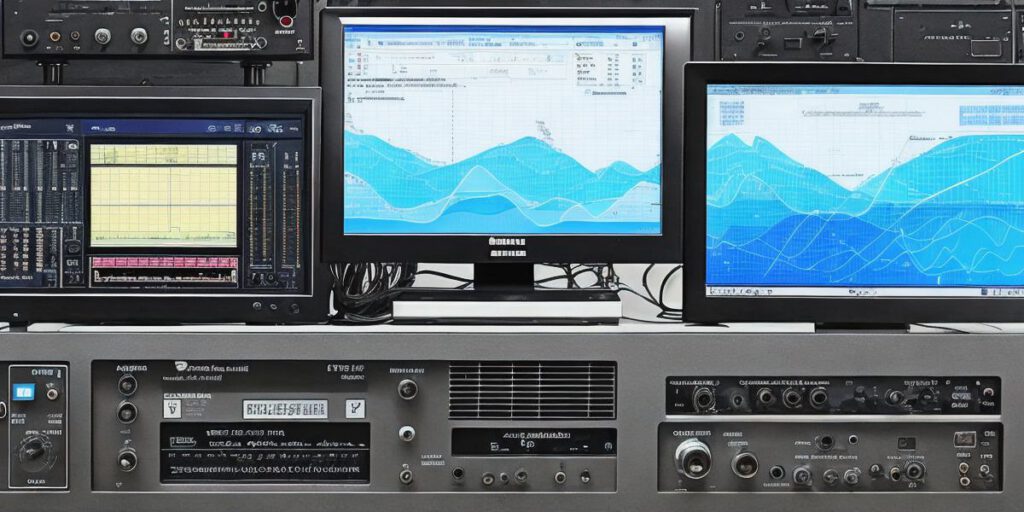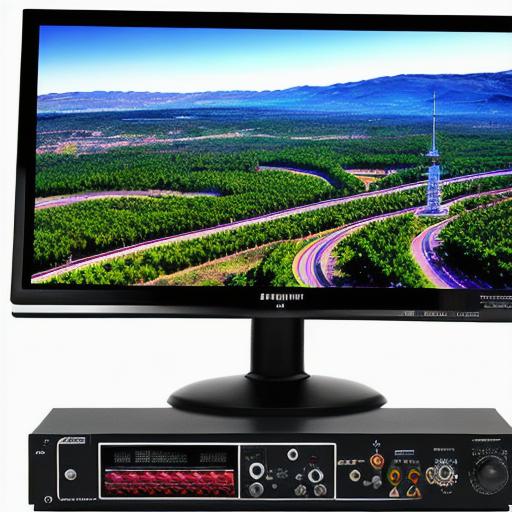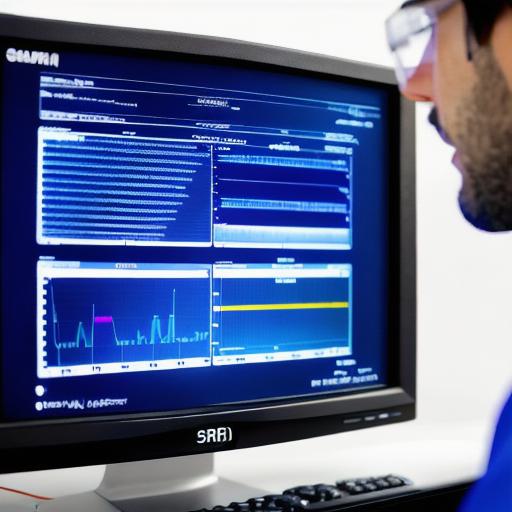How does software defined radio work

Introduction
Software defined radio (SDR) has revolutionized the way we communicate and receive information from the world around us. By breaking down traditional hardware components into software that can be run on a computer, SDR enables users to capture and analyze signals in real-time, opening up new possibilities for research, development, and communication.
In this comprehensive guide, we will explore how SDR works, its benefits, and its applications. We will also answer some of the most common questions about SDR, so by the end of this article, you will have a good understanding of this powerful technology.
What is Software Defined Radio?
SDR is a type of radio that uses software instead of hardware components to capture and analyze signals. This means that instead of using a traditional antenna and receiver, SDR uses a computer with specialized software to convert the incoming signal into digital form, allowing users to capture, process, and analyze it in real-time.
One of the key benefits of SDR is its ability to be programmed to perform a wide range of tasks, from simple listening and recording to more complex data analysis and signal processing. This flexibility makes SDR a valuable tool for researchers, hams, and other users who need to capture and analyze signals in real-time.
How does Software Defined Radio Work?
SDR works by converting analog signals into digital form using an analog-to-digital converter (ADC). The ADC captures the signal and converts it into a stream of binary data that can be processed by a computer. The software then uses this data to perform various tasks, such as filtering, demodulation, and decoding.
Filtering is the process of removing unwanted signals from the incoming signal. This is important because many radio signals are contaminated with noise and other unwanted signals that can make it difficult to extract useful information.
Demodulation is the process of converting the digitized signal back into a form that can be used for communication or data analysis. This is typically done using a demodulator algorithm, which separates the carrier frequency from the modulated signal and extracts the data.
Decoding is the final step in the SDR process, where the data extracted from the modulated signal is decoded into its original form. This can be text, images, or other types of data depending on the specific application.
Benefits of Software Defined Radio
SDR offers several benefits that make it a popular choice for a wide range of applications. These include:
Cost-Effective
SDR is often more cost-effective than traditional radio equipment, as it uses off-the-shelf hardware and software components. This means that users can build their own SDR systems at a fraction of the cost of buying a commercial radio system.
Flexible
SDR is highly flexible, allowing users to program the software to perform a wide range of tasks. This makes it a valuable tool for researchers, hams, and other users who need to capture and analyze signals in real-time.
Open-Source
Many SDR systems are open-source, meaning that the software is freely available for anyone to download and use. This allows users to customize the software to meet their specific needs, without being restricted by proprietary vendor lock-in.
Applications of Software Defined Radio
SDR has a wide range of applications, including:
Communications

SDR can be used for communications applications, such as amateur radio, ham radio, and other types of two-way communication.
Research
SDR is used in research applications to capture and analyze signals from various sources, such as satellite communications, wireless networks, and other types of radio systems.
Surveillance
SDR can be used for surveillance applications, such as monitoring wireless networks and detecting unauthorized access attempts.
Signal Processing
SDR is used in signal processing applications to analyze signals from various sources, such as audio signals, video signals, and other types of data.

How to Build Your Own SDR System
Building your own SDR system can be a rewarding project that allows you to customize the hardware and software to meet your specific needs.